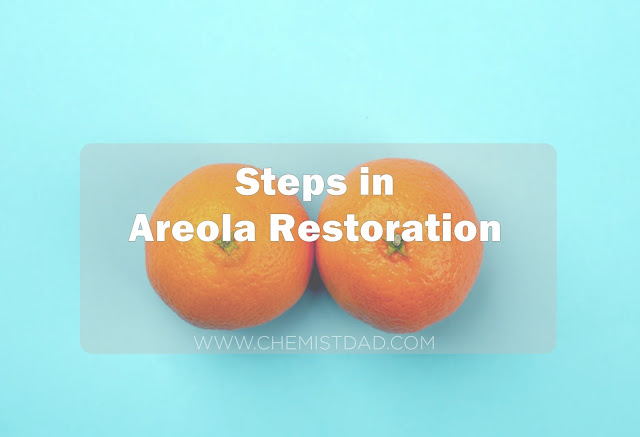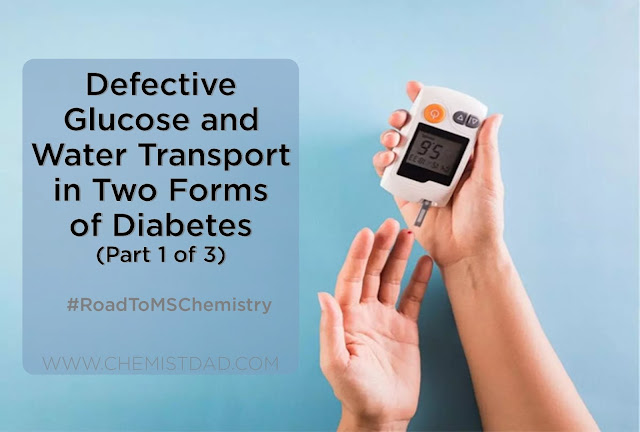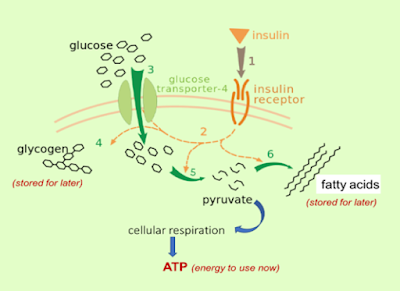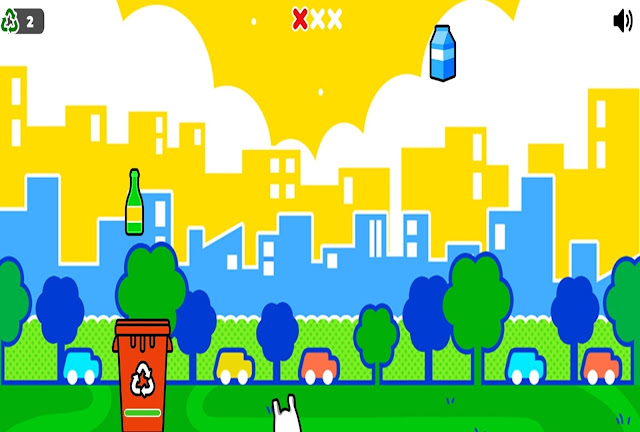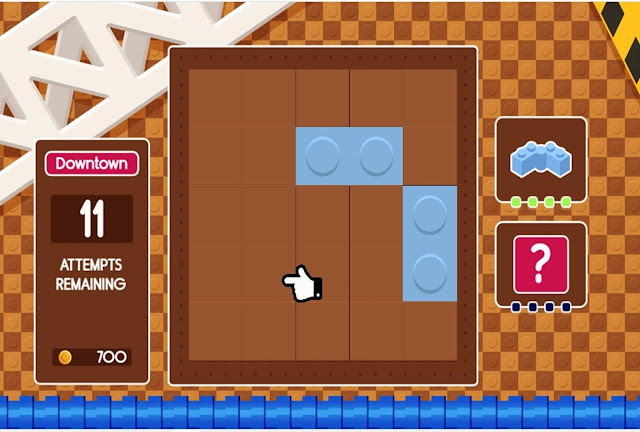Sugar Is
Sweet, and So Are…a Few Other Things
Johnny,
Johnny (Yes, Papa)
Eating Sugar? (No, Papa)
Telling lies? (No, Papa)
Open your mouth (Ha, ha, ha)
Who knows this one of the famous nursery rhymes? Why does Johnny sneaks
and eats sugar at an early age? What is with the sweet taste that seems kids
cannot resist taste?
Sweetness, along with sour, bitter, salty, and umami, are the flavor
developed in our taste buds (Nelson). As early as 9 weeks in the womb, babies
start to develop tiny taste buds in their mouth and tongue. He can taste what
the mother eats and recognize more sour and sweet tastes but prefers the
latter. When he was born, babies' taste buds are sensitive and can
differentiate between sweet and bitter but still prefers the sweet taste of
breastmilk (Dubinsky).
How does our tongue recognize sweetness?
The tongue is equipped with taste buds, a group of taste cells that
distinguish the basic flavors – sweet, sour, bitter, salty, and umami. Upon
activation of the taste cells, it releases neurotransmitters into afferent
cranial nerve fibers to transmit the taste information into the brain.
The initial stimulus detection and selection are held by the taste
receptors designated as Type 1 (T1R) and Type 2 (T2R). These taste receptors
are part of the G protein-coupled receptors.
T1R heterodimers. T1R1 and T1R3 sub-units are responsible for the umami
taste while the T1R2 and T1R3 sub-units are for the sweet taste. These are
designated as Type 1 (T1R) and Type 2 (T2R), members of a large family of G
protein-coupled receptors.
T1R1 and T1R3 sub-units are responsible for the umami flavor while the
T1R2 and T1R3 sub-units are responsible for the sweet taste (Fernstrom, et al.).

Figure 1. A simple model of
sweet taste receptors (T1R2 and T1R3 sub-units) with a huge aminoterminal
domain (ATD). The two Venus flytrap (VFT) lobes separated by a large cleft is
the reactive sites for the sweeteners to bind. The VFT domain is connected to a
helical transmembrane domain (TMD) by a short cysteine-rich domain (CRD) (Laffitte, Anni, et al.).
There are several compounds to have a sweet taste.(Fernstrom, et al.). Aside
from simple sugars (glucose, sucrose, and fructose), there are also sweet-tasting
compounds. Some are harmless like the amino acids glycine, alanine, and serine.
On the other hand, there are toxic substances like ethylene glycol and
nitrobenzene (Nelson).
Sugar is also linked to weight gain. Some studies shows adults with
strict sugar diets decrease their body weight while those without limit in food
intake have an increase in weight. (Morenga et al.).
Because of this, artificial sweeteners started to develop which help in
weigh-loss. These are harmless compounds, and have a sweet-tasting flavor but
contain no calories (Nelson). A few examples of artificial sweeteners are
acesulfame, aspartame, sucralose, and saccharin (“The Truth on Artificial
Sweeteners”).
But how can we detect a sweet taste from the different artificial
sweeteners?
Our taste bud receptor for sweets is composed of three binding sites:
AH+, B-, and X. Site AH+ has the alcohol or amine forming a hydrogen bond with
the carbonyl oxygen of the sweetener like the carboxylic acid group of the
aspartame. Site B-, on the other hand, can bind to the positive atom of the
sweetener such as the amine group while site X is capable of attaching to the
benzene ring of aspartame (Nelson).
Figure 2. Simple
illustration of how Aspartame is recognized as sweet or bitter depending on its
stereoisomer orientation.
Out taste buds are developed to sense sweet flavor as early as we are
still in the womb and enhanced as we grow. However, not all sweet-tasting
substances are edible, others are poisonous. Since sugar is a high-calorie
compound, it can be a reason for weight gain when ingestion is not controlled.
Artificial sweeteners give the same sweet taste with fewer calories provided they
will have the correct orientation to fit with the receptors. Otherwise, the
known sweet compound will give a bitter taste.
References:
Dubinsky, Dana. “Baby Sensory
Development: Taste.” Babycenter, www.babycenter.com/baby/baby-development/baby-sensory-development-taste_10401107.Accessed 4 Apr. 2022.
Lee, Allen, and Chung Owyang.
“Sugars, Sweet Taste Receptors, and Brain Responses.” Nutrients, vol. 9,
no. 7, 2017, p. 653. Crossref, https://doi.org/10.3390/nu9070653.
Laffitte, Anni, et al.
“Functional Roles of the Sweet Taste Receptor in Oral and Extraoral Tissues.” Current
Opinion in Clinical Nutrition and Metabolic Care, vol. 17, no. 4, 2014, pp.
379–85. Crossref, https://doi.org/10.1097/mco.0000000000000058.
Fernstrom, John D., et al.
“Mechanisms for Sweetness.” The Journal of Nutrition, vol. 142, no. 6,
2012, pp. 1134S-1141S. Crossref, https://doi.org/10.3945/jn.111.149567.
Nelson, David. Lehninger
Principles of Biochemistry. 7th ed., W.H. Freeman, 2017.
Morenga, L. te, et al. “Dietary
Sugars and Body Weight: Systematic Review and Meta-Analyses of Randomised
Controlled Trials and Cohort Studies.” BMJ, vol. 346, no. jan15 3, 2012,
p. e7492. Crossref, https://doi.org/10.1136/bmj.e7492.
“The
Truth on Artificial Sweeteners.” WebMD, 2 Dec. 2002,
www.webmd.com/food-recipes/features/truth-artificial-sweeteners.








